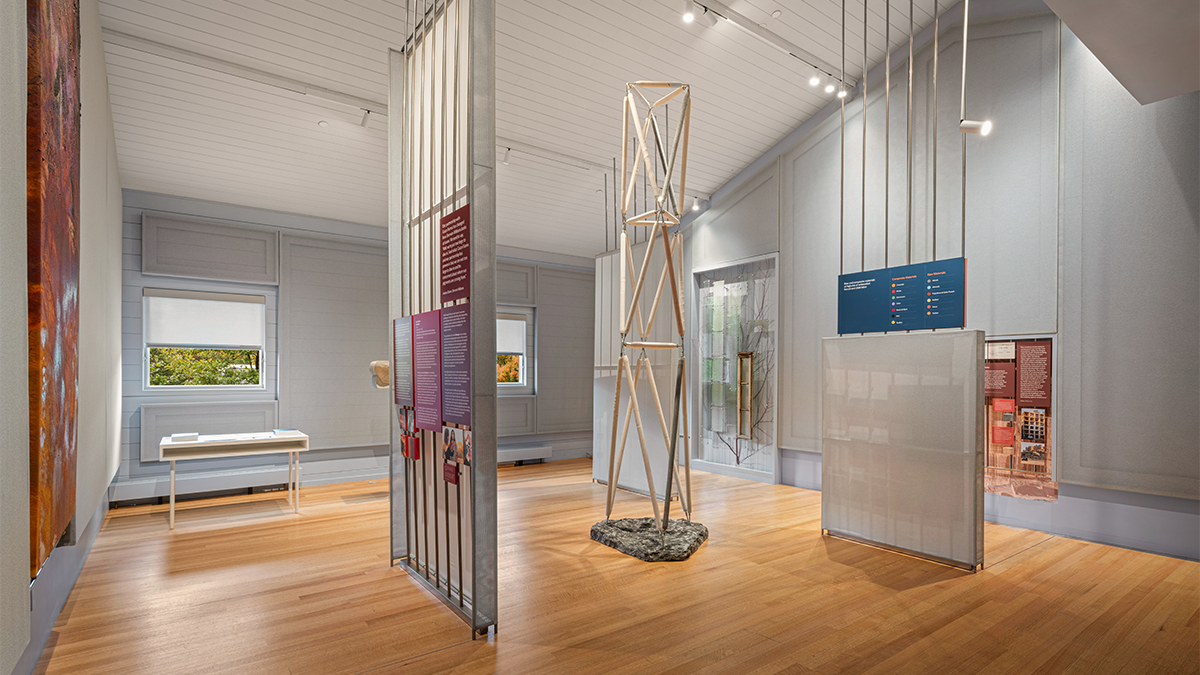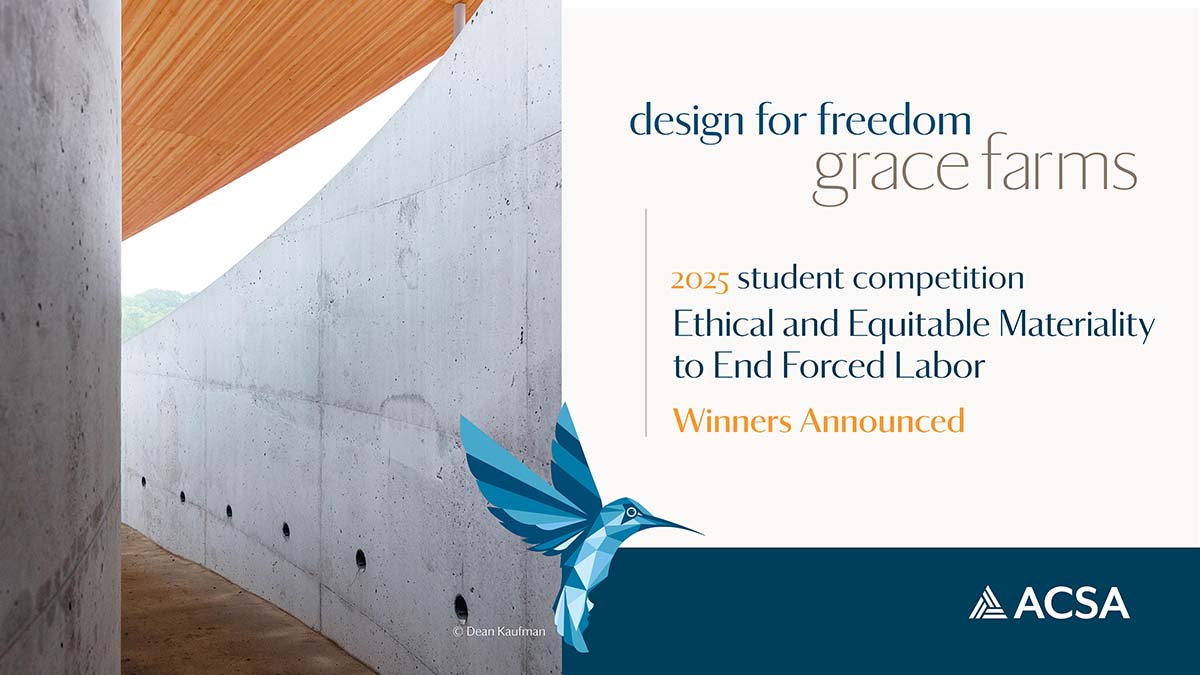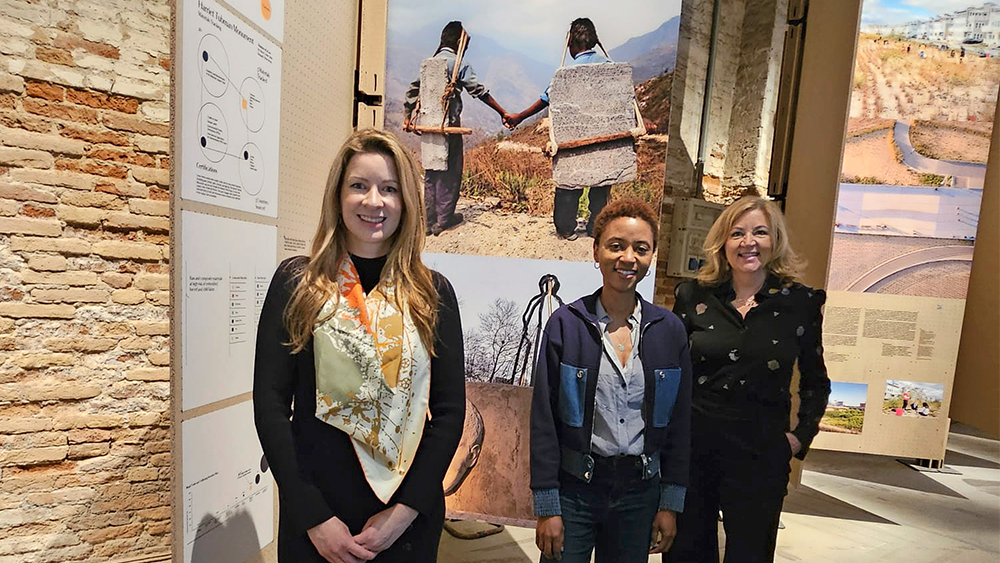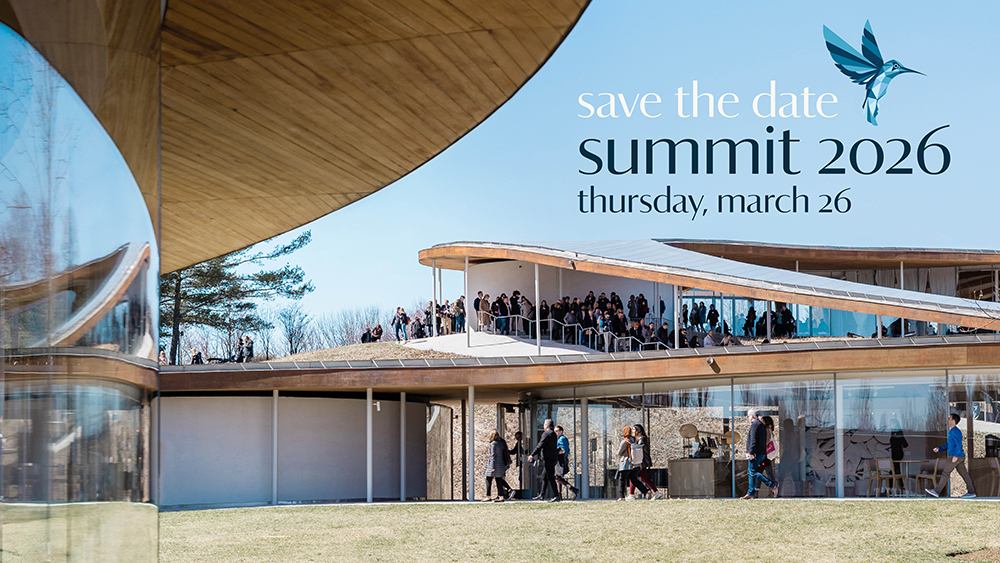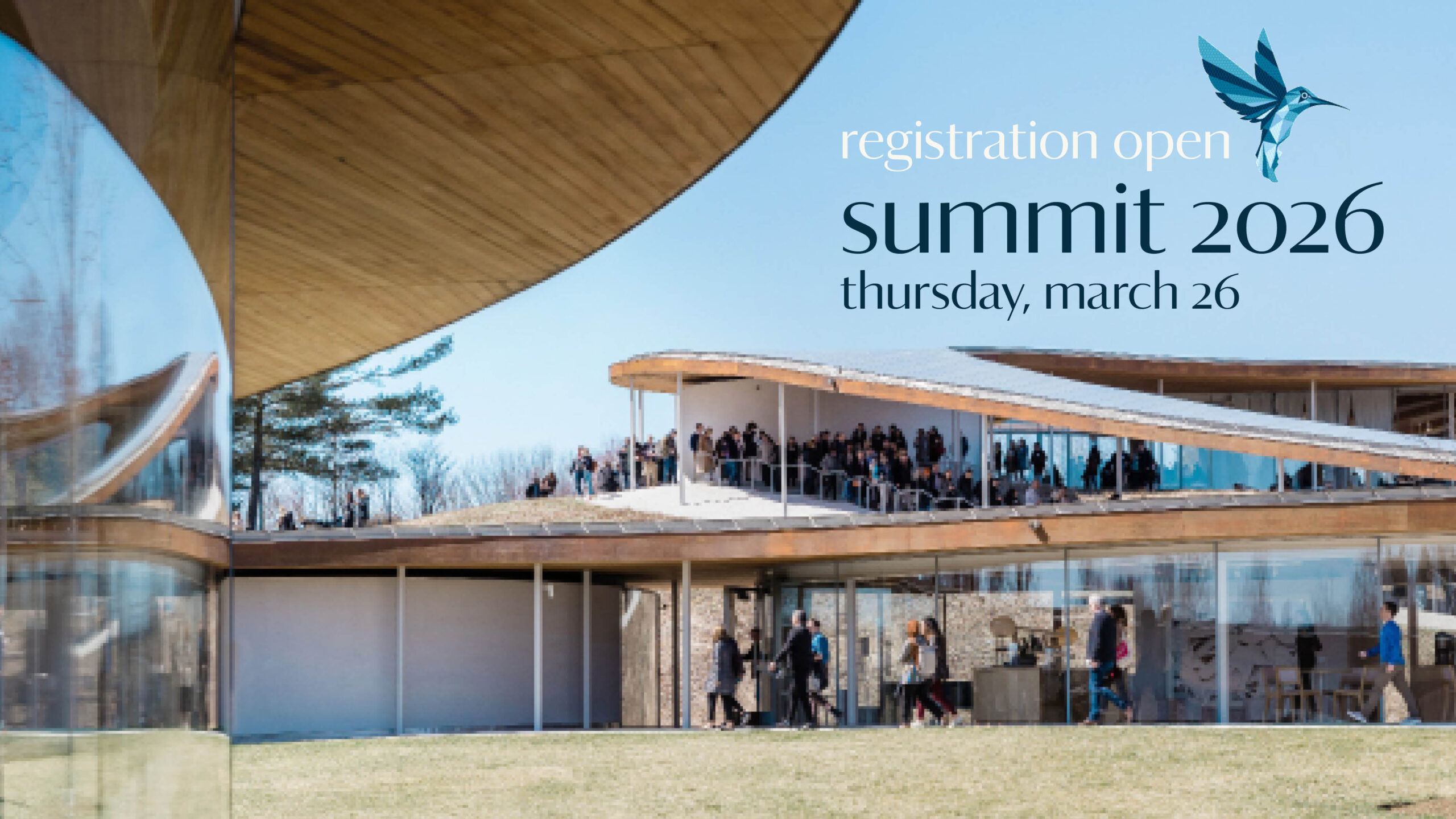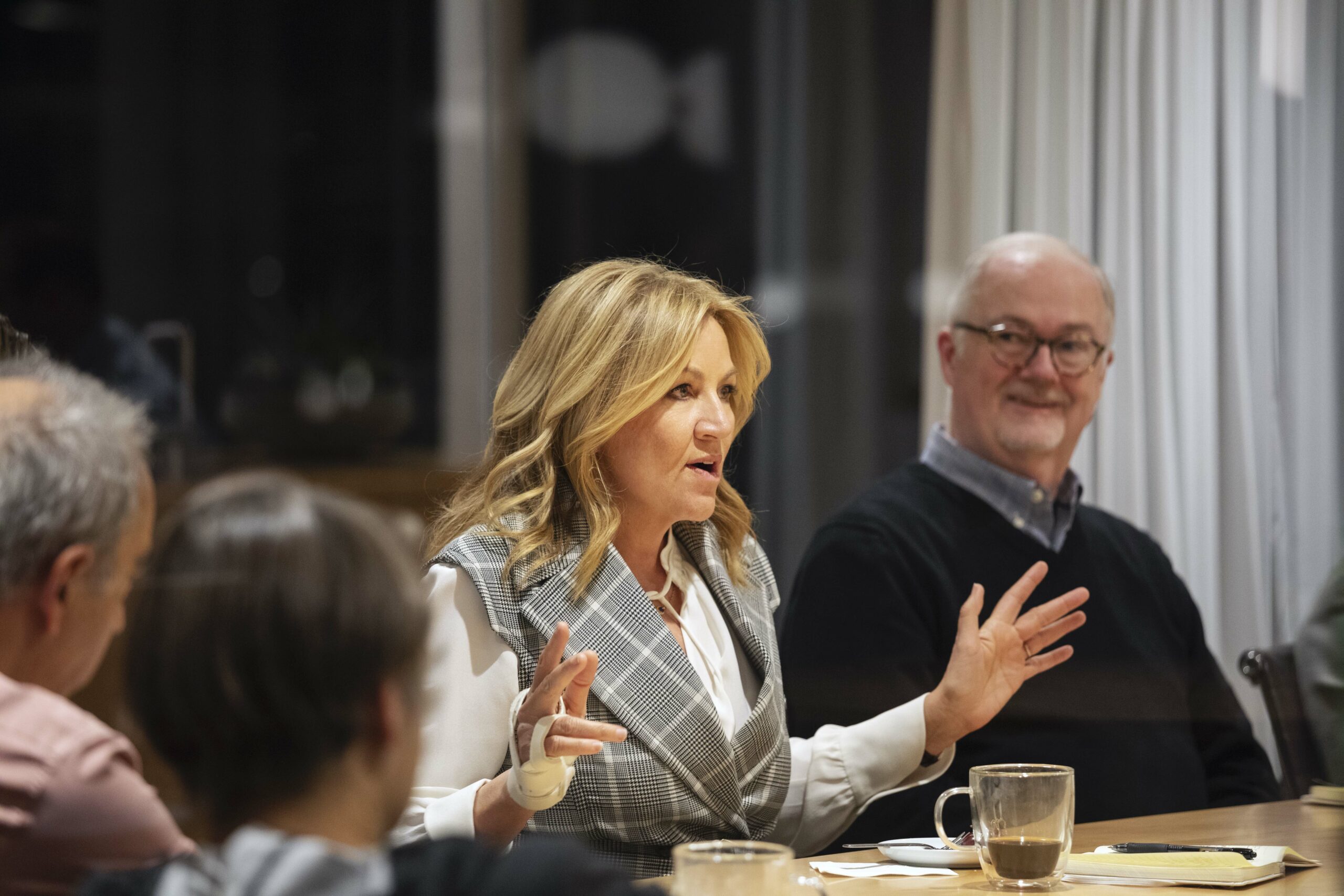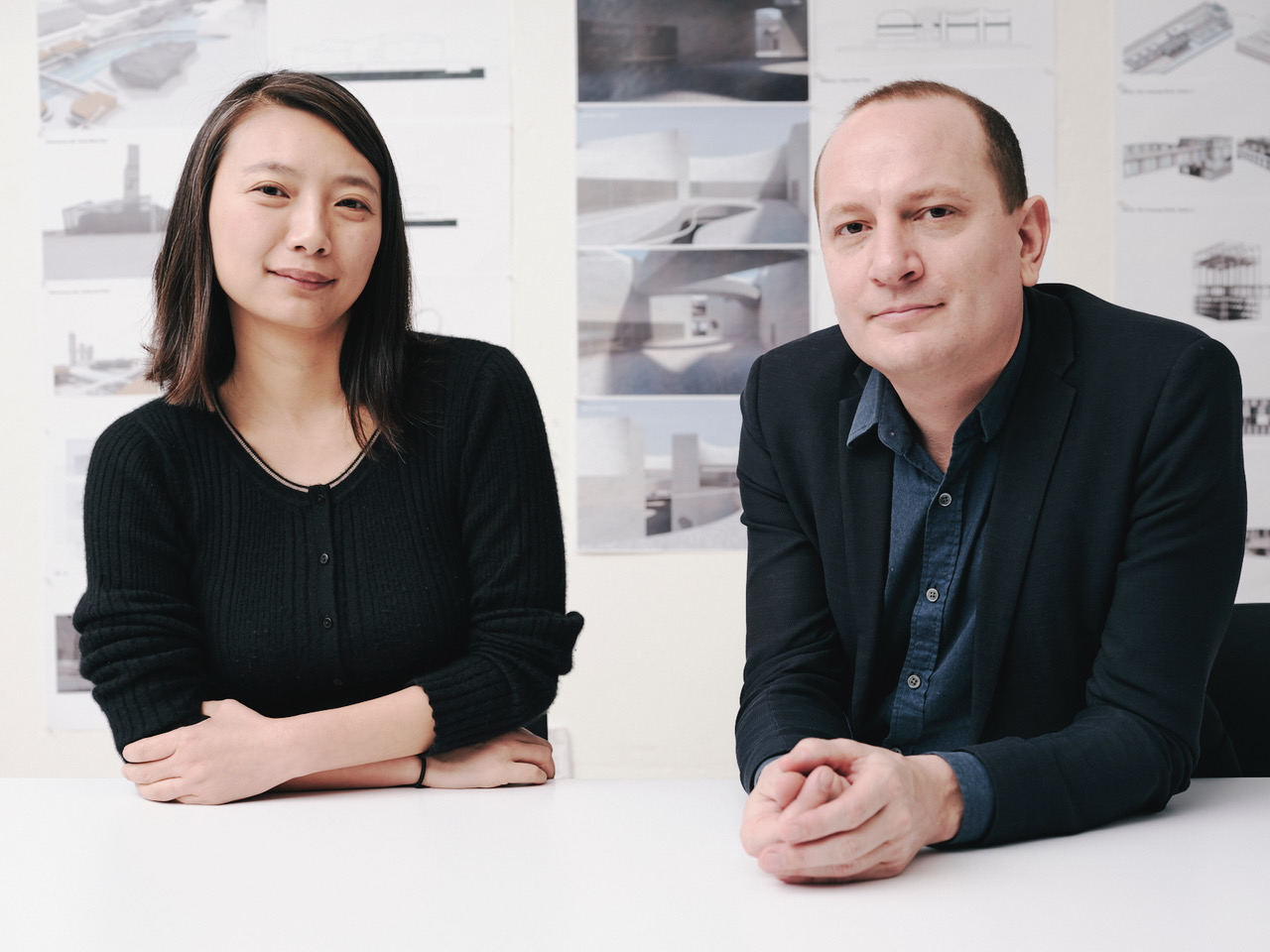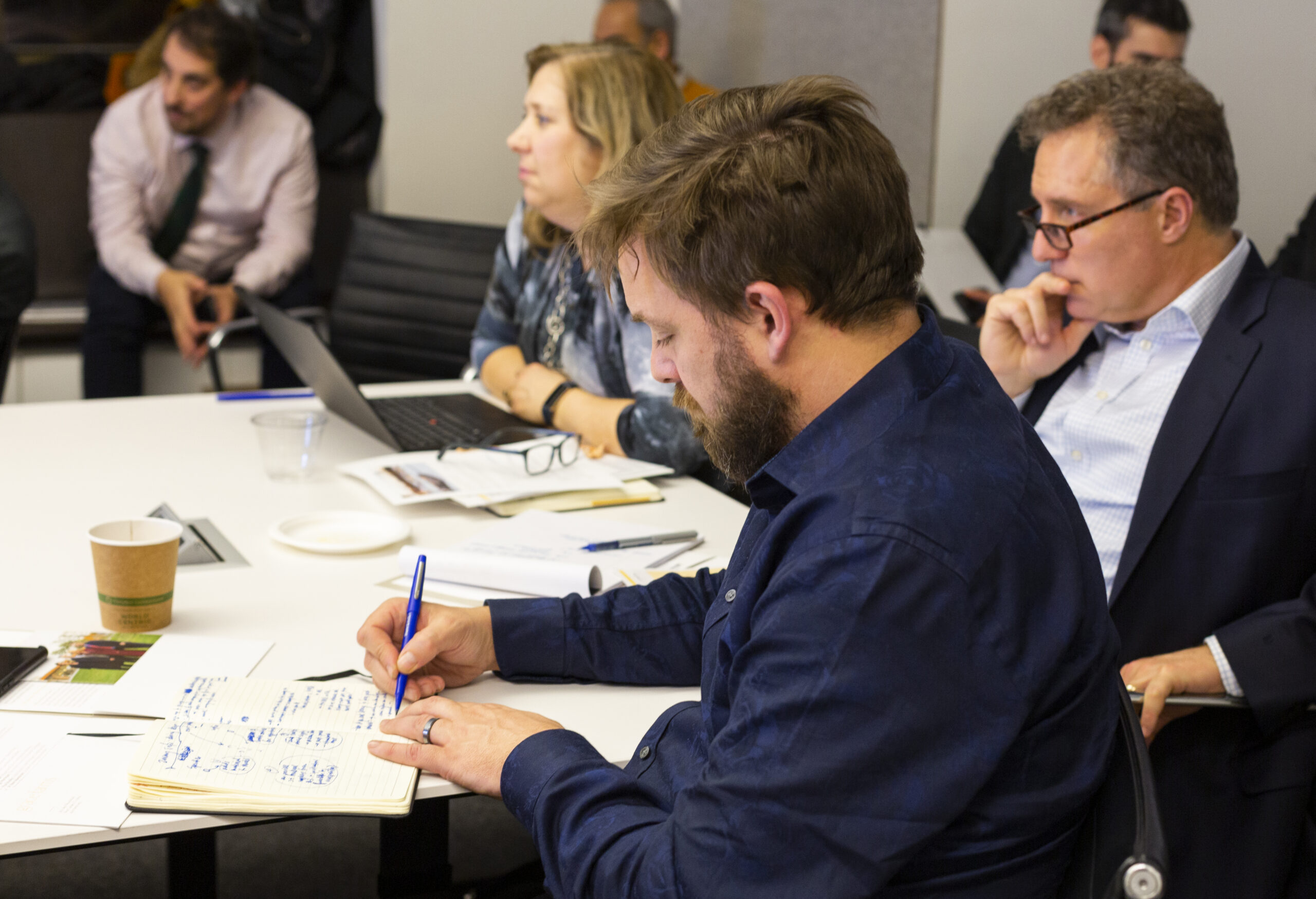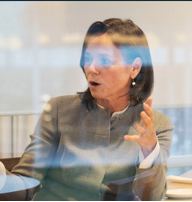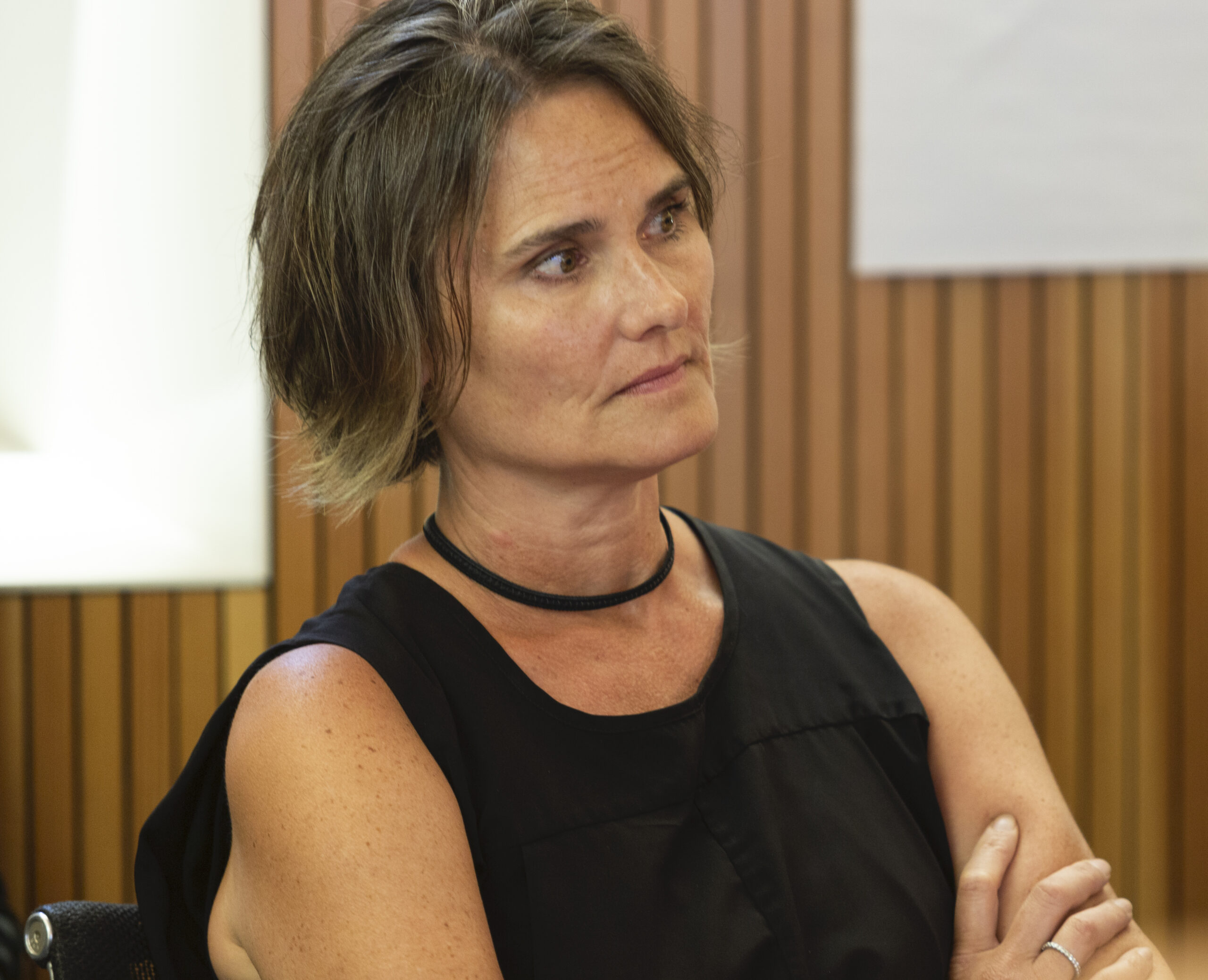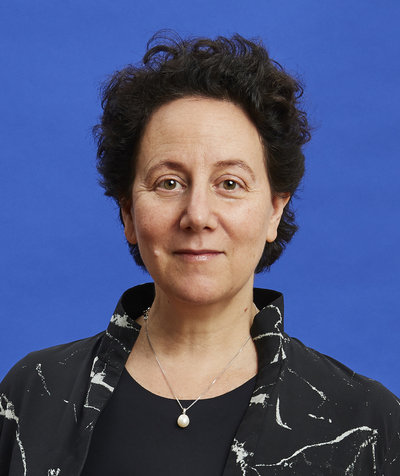Let’s design a more humane future.
Registration is now open for the 2026 Design for Freedom Summit. Join leaders of the architecture, construction, technology, manufacturing, finance, government, academic, and real estate sectors to advance the global movement toward a more ethical built environment.

sector data
Size up the situation
discover
Design for Freedom Principles
Take action
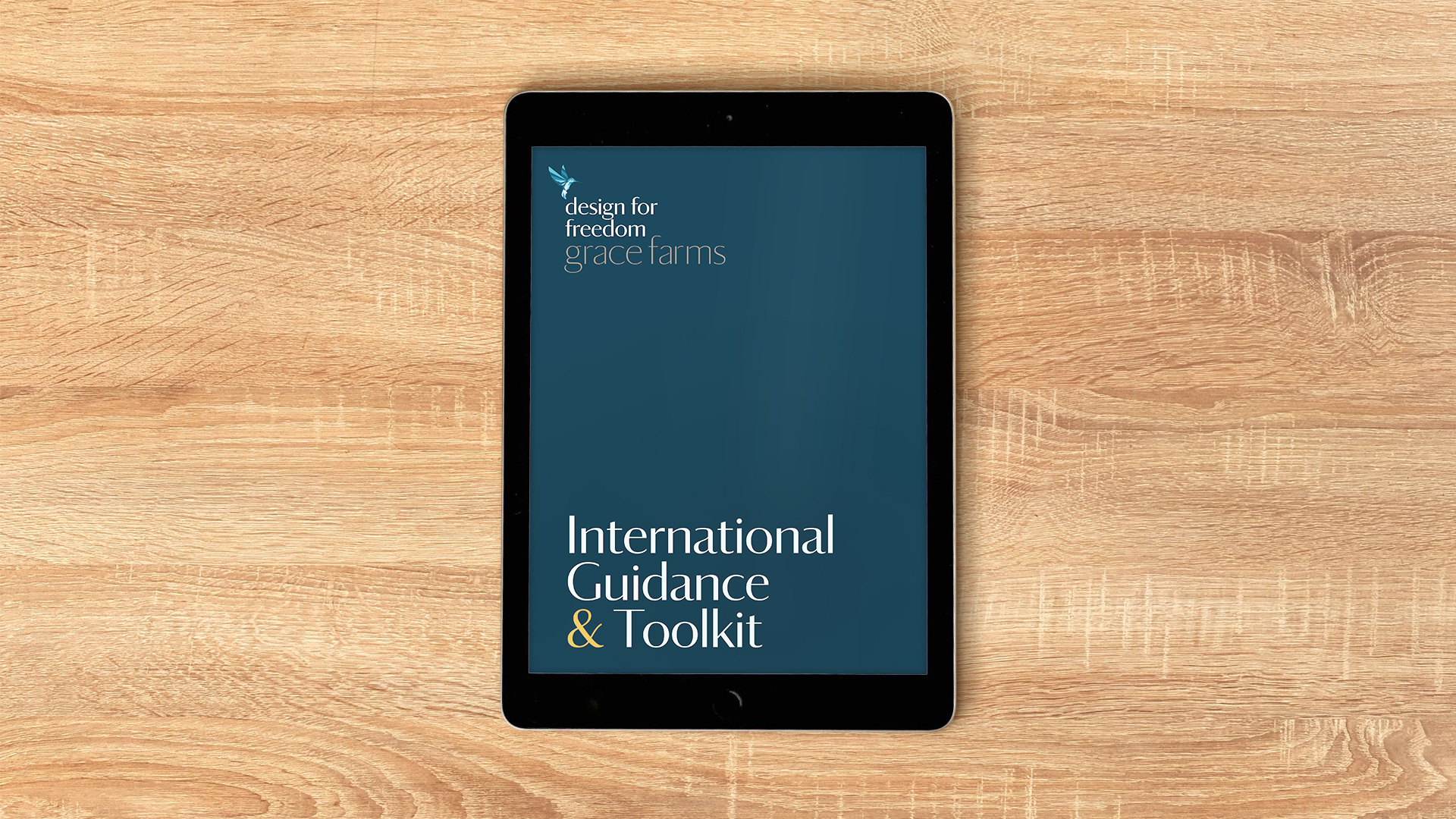
DOWNLOAD THE TOOLKIT
Design for Freedom Toolkit
With contributions from more than a dozen leading international experts, the newly released Design for Freedom International Guidance & Toolkit shines a light on critical issues related to forced labor in the building materials supply chain, including the legal landscape, the importance of compliance, the role insurers and investors can play to ensure our building materials are not embedded with forced or child labor, and the growing issue of prison labor.
the movement
Impact
Design for Freedom reimagines architecture by raising awareness and inspiring responses to disrupt forced labor in the building materials supply chain. The Design for Freedom Working Group, comprised of more than 100 industry leaders and experts in the built environment, is raising global awareness about the hidden humanitarian crisis through pilot projects, the media, symposiums, and partnerships with leading universities. Thousands of pro-bono hours have been donated by these global leaders to elevate the movement and accelerate much-needed awareness about forced labor in the built environment.
Latest News
Join the movement
Share in Something Greater
About
Grace Farms is a center for culture and collaboration in New Canaan, Connecticut. We bring together people across sectors to explore nature, arts, justice, community, and faith at the SANAA-designed River building and Barns on 80 acres of publicly accessible, preserved natural landscape. Our humanitarian work to end modern slavery and foster more grace and peace in our local and global community includes leading the Design for Freedom movement to eliminate forced labor in the building materials supply chain.

